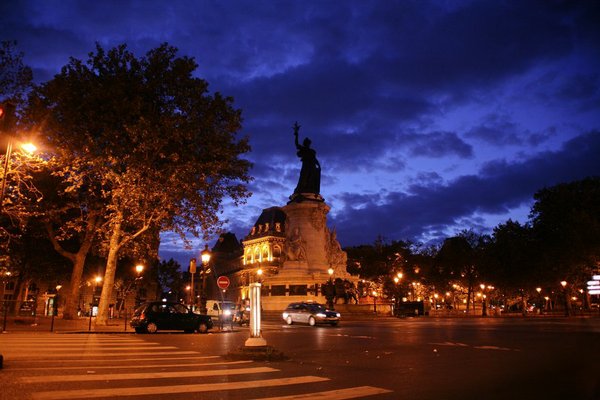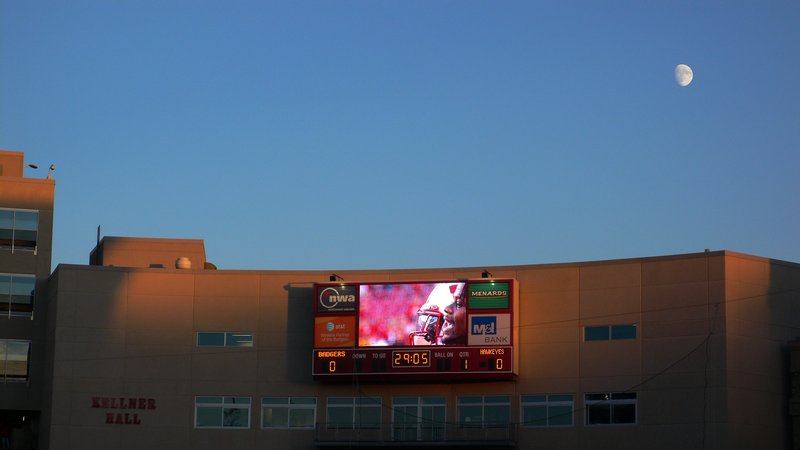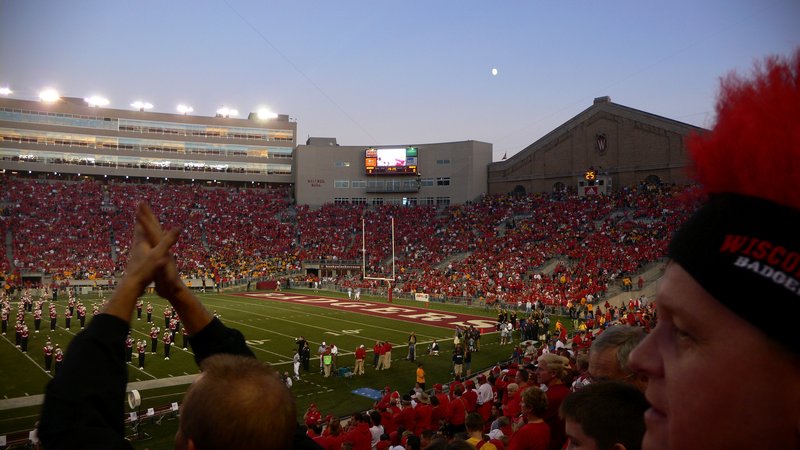
Paris Sunrise: August 2007 (taken while zooming around in a Paris cab driven by a former exchange student – who spent a year on a Iowa dairy farm).
Interesting interview with French President Nicolas Sarkozy:
“I want to tell the American people that the French people are their friends,” he said. “We are not simply allies. We are friends. I am proud of being a friend of the Americans. You know, I am saying this to The New York Times, but I have said it to the French, which takes a little more courage and is a little more difficult. I have never concealed my admiration for American dynamism, for the fluidity of American society, for its ability to raise people of different identities to the very highest levels.”
Mr. Sarkozy, who has been accused of being too enamored of all things American, said he considered France and the United States to be on equal footing and somehow better than many others, because they believe that their values are universal and therefore destined to “radiate” throughout the world. The Germans, the Spaniards, the Italians, the Chinese, by contrast, do not think that way, he said.
I had an opportunity to visit with a French Foreign Legion officer while on travel. This man mentioned that he had served with Americans in many places, including Afghanistan, Bosnia and other locales. I asked him for an impression of America after these interactions (he’s also travelled to the states with family): Resources. He said that when the Americans arrive, they always seem to have incredible resources. An well equipped base can be in service within “days”.


